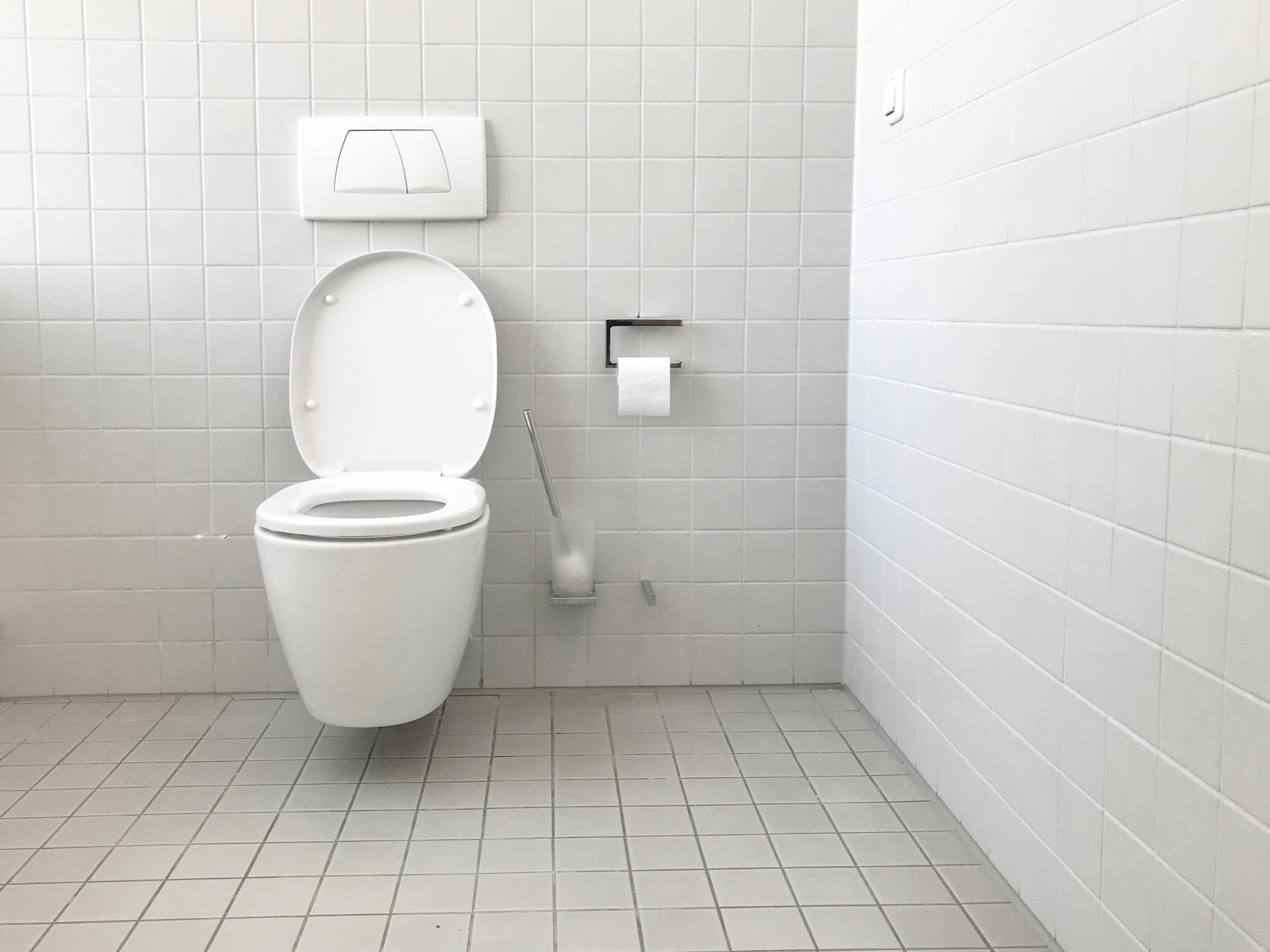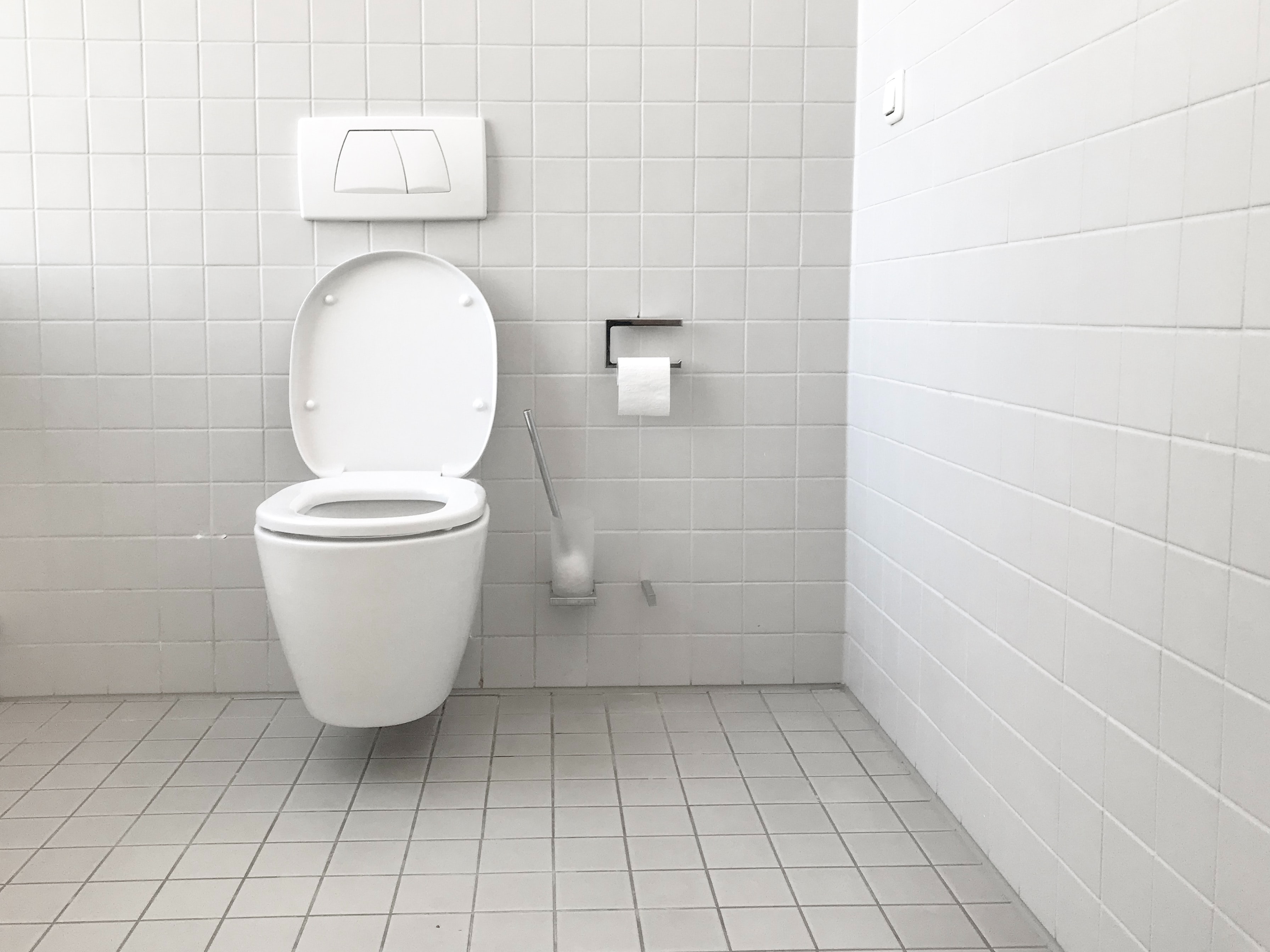
It's always prudent to put the toilet seat down after you've used the bathroom or public convenience. Or indeed, when facilitating a rest room in a restaurant, pub or any other public place. Apart from being generally perceived to be considerate social etiquette, from a purely hygiene and public health perspective, failure to do this can, potentially, spread bacteria and viruses.
Aerosol droplets become airborne immediately after a flush mechanism is activated, and can be dispersed into the immediate environment and subsequently inhaled by anyone in close proximity. Or who follows another individual into a recently exited airspace found within a confined area.
And here's an additional rub worth noting.
There're now related schools of thought doing the rounds that suggest Covid-19 could be recirculated in the same way.
While it's not been clinically substantiated either way as we write, it's certainly wise to be cautious and take this possible risk seriously. Expanding your well-versed and practiced mindfulness (when it comes to the recommended government instructions to always remember the, 'hands, face and space' mantra), to adopt a thoughtful toilet flushing routine, definitely wouldn't go amiss.
If we decide to follow the same science that the government have at every step of this global pandemic stressed, they've been adhering to, then it's scientists who are suggesting that we put the toilet seat down after use. To prevent the unseen repatriation of coronavirus particles.
Who is Making This Claim?
It was Chinese researchers who initially made the discovery. Or rather, facilitated the connection. A study they conducted - and subsequently officiated by the National Science Foundation of China - brought to light the concerning probability that flushing a toilet can create a cloud of aerosol droplets. 40 - 60% of which have the potential to rise upwards in excess of a metre in the air above the bowl. Effectively aiding and abetting transmission, in the process.
Providing of course that a person's stool is contaminated by the presence of COVID-19.
Toilets Could Be the New Battleground as Society Continues to Tackle Coronavirus
It's understood that said droplets could hang in the air long enough, that the next toilet user could unknowingly inhale them when entering a cubicle in the immediate aftermath of an individual showing signs of the virus.
Alternatively, they could also settle on surfaces which other people might then come into direct contact with.
The findings were recently published in the journal, 'Physics of Fluids', and supports what health experts describe as a 'growing body of evidence' that implicates the virus being passed through faeces. Not solely droplets created by our respiratory system.
Responding to this latest development, the UK government confirmed that it would pay close attention to sewerage systems. This comes after separate research highlighted that fragments of genetic material (RNA) from the virus can be detected in waste water.
Experts admit, that the upshot of these studies does, essentially point towards a more 'large-scale virus spread'.
Toilets generally have been seen as another possible breeding ground for COVID-19 for a while now. Scientists from the University of Wuhan in China have previously referred to the volume of virus particles detected in unventilated toilet areas used by patients within healthcare settings, especially hospitals.
Continued Practice of Good Toilet Hygiene Should Always Be Encouraged. More So During a Health Pandemic
It's perhaps not just faecal matter that could spread the virus, as a further study - published in the scientific research journal, 'Nature', made references to airborne SARS-CoV-2 emanating from what it called, 'virus-laden aerosols from infected urine' too.
So, the simple solution is back to best practices. Being mindful, hygienic and responsible towards yourself and others.
Again, underlining the same basic proposition and timely reminder. That being to always put the toilet seat down before flushing. Something all our parents taught us when we were youngsters anyway, for the most part. Together with washing your hands thoroughly after flushing, to safeguard against any transmission risk.
Researchers hoped another upshot of these study results being made public would be that toilet manufacturers might be encouraged to design better toilets going forward. Complete with automatic lids and cleaning systems, in-built.







